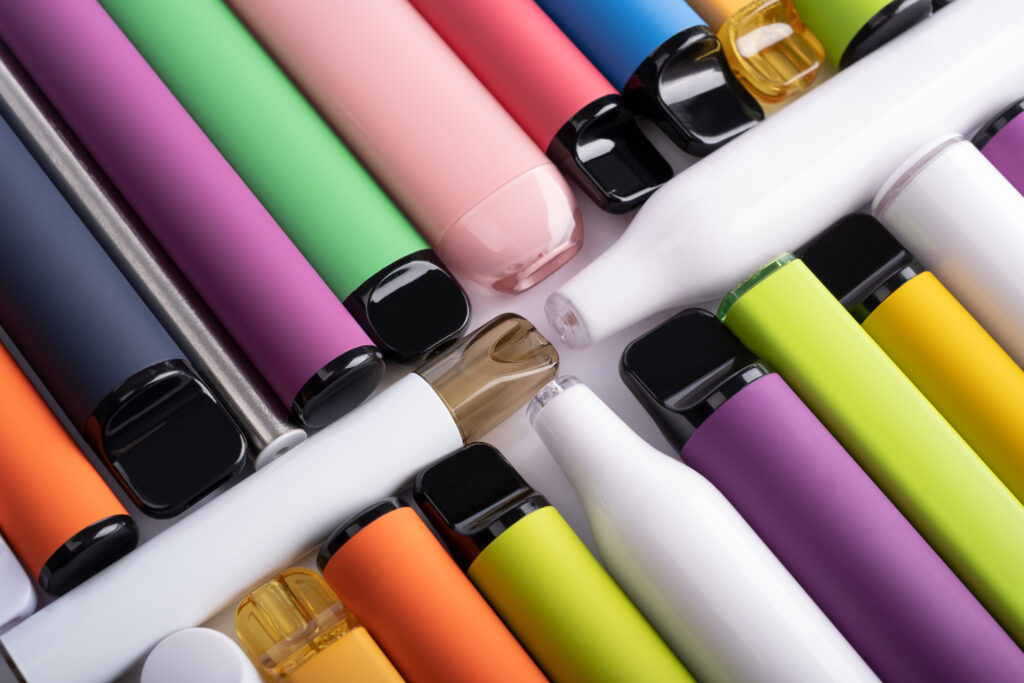OPINION: As we get nearer to 2050, the net zero deadline looms larger and businesses
Soon, the easy sustainability wins will be gone and government regulation on businesses will start tightening, forcing us all to continually evolve how we produce and disassemble our products and services – and what we offer consumers.
Embracing a circular economy model presents a great opportunity for businesses to meet their ESG goals while saving on costs. Devices from mobile phones to laptops and printers, kept in circulation for longer through processes like maintenance, reuse and refurbishment are gaining in popularity not only among carbon conscious consumers and businesses, but as a way to improve digital equity around the world.
Devices that are over four years old undergo refurbishment to high standards, before being redeployed to employees, sold to consumers at reduced prices, or donated to charities and educational institutions to enhance digital accessibility across the community. This proactive approach significantly reduces the carbon footprint associated with tech hardware.
The emergence of Generative AI technology is anticipated to require businesses to upgrade their workforce devices to incorporate this transformative technology, both presently and as advancements continue. It is therefore imperative that we find and implement solutions to mitigate the environmental implications of widespread electronic waste. According to the UN, 61.3 million tonnes of e-waste was discarded in 2023, with e-wastage on track to rise another 32% to 82 million tonnes in 2030.
HP’s Device Life Extension Service, for example, refreshes aging devices, enhancing their performance and longevity so customers can extend the lifespan of their current devices and minimise the footprint of their technology over time, allowing them to maximise their IT investments whilst reducing the footprint of the device.
By communicating better on how each tech company is approaching second life devices, we can identify best practices industry-wide and optimise the process. Improving the standardisation of carbon measurement and lifecycle analysis will not only help businesses to maintain their market position but also hit their net zero targets, amplifying their positive impact on the planet.
And if devices can go back to customers for a second turn, it’s a huge commercial win for us all and a step towards a more sustainable future for generations to come.








Subscribe for free